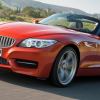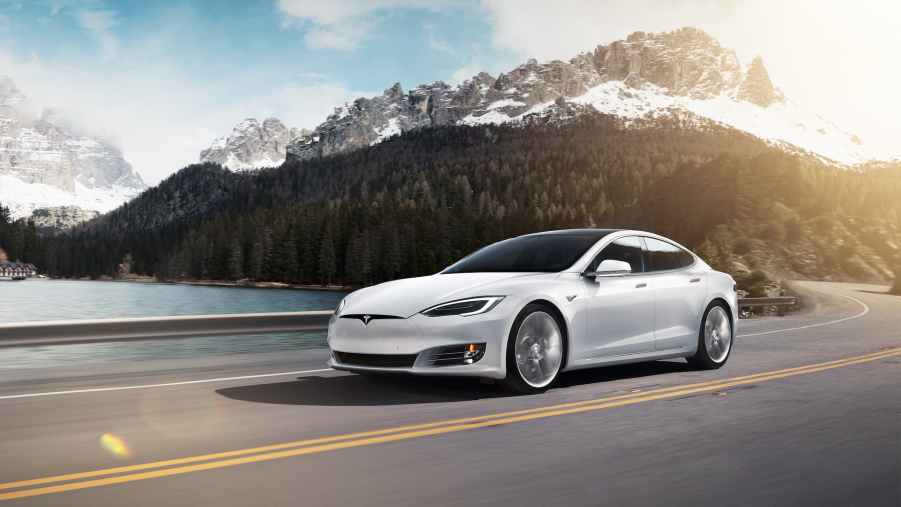
Do You Really Need the 2020 Tesla Model S Performance?
The Tesla Model S Performance is no stranger to drag racing other EV’s to establish dominance. Not even supercars are safe from the Model S’s ludicrous 2.3-second 0-60 mph time. However, daily driving encompasses more than just savage launches with fully charged batteries and ideal conditions. The non-performance Tesla Model S is capable of a 3.7-second race to 60 mph, offers 54 additional miles of range, and costs $20,000 less.
Eco-friendly motoring or the next generation of drag racers?
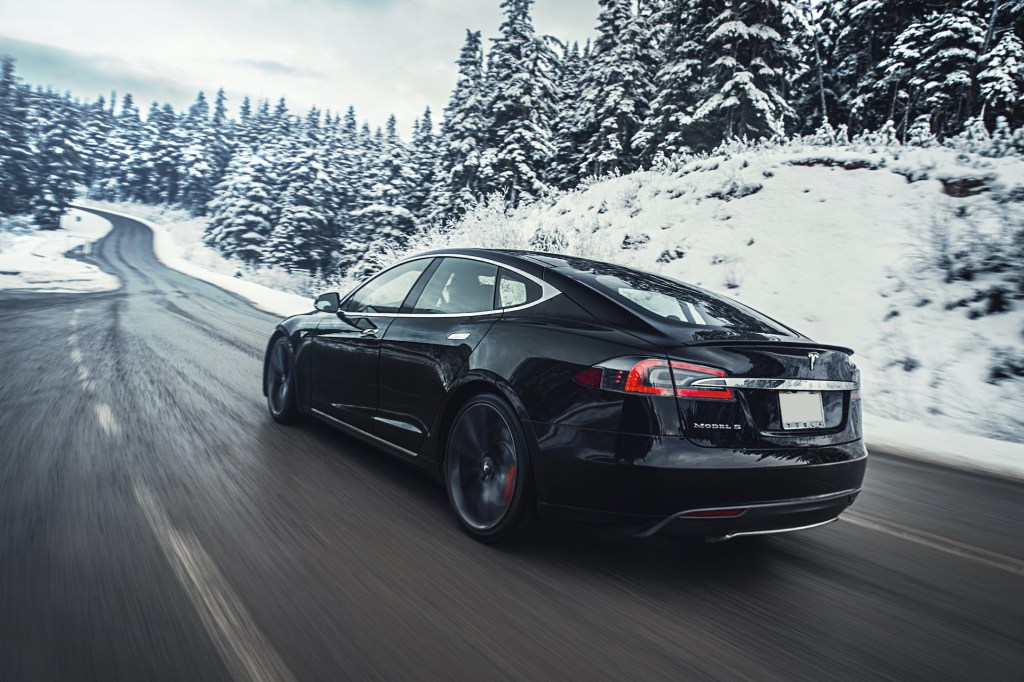
To understand Tesla Model S Performance buyers, we must look at what makes the high-performance model attractive. With a base price of $94,990, the Model S offers incredible performance for the money. The optional ludicrous mode allows the electric sedan to blast off to 60 mph and achieve its jaw-dropping time. If the manufacturer-claimed 0-60 mph time is correct, then the closest competitor would be the $2,998,000 Bugatti Chiron with its claimed 2.4-second time.
According to MotorTrend, the recently announced Tesla Model S Plaid aims to offer a sub-two second run for its $134,490 base price, far surpassing any other production car currently for sale. It’s important to note that these times can only occur when Tesla’s onboard software preps the batteries. The powertrain can only handle a few launches before the system taps out due to heat concerns. Competitors such as the Porsche Taycan Turbo S can achieve the claimed 2.6-second 0-60 mph run continually until the battery is dead with no loss in performance.
Is it worth paying for performance that goes unused?
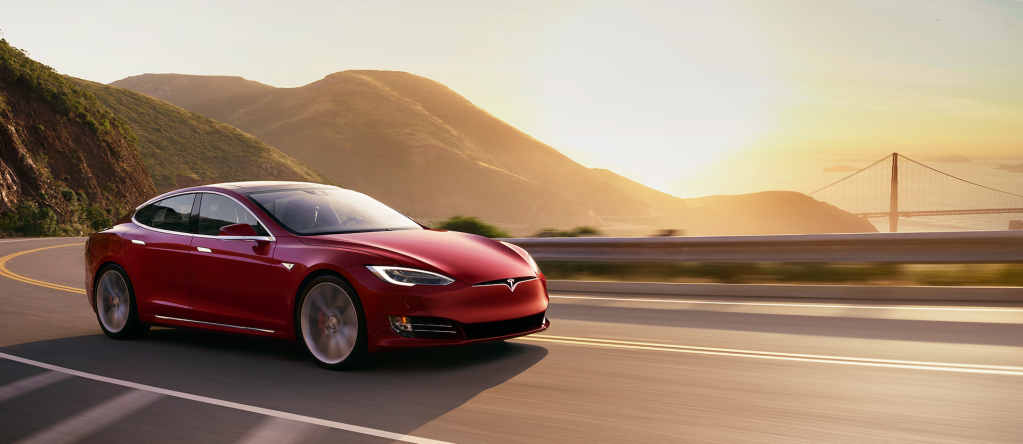
Stepping away from the insane world of 0-60 mph times reveals that they aren’t extremely relevant in real-world scenarios. While the available 762-hp figure would suggest that the Tesla Model S could be a 200-mph super sedan, it’s limited to just 163 mph. The $37,000 Honda Civic Type R can reach 169 mph with its 306-hp 2.0-liter turbocharged engine. In which case, the Model S Long Ranges 155 mph is not a significant downgrade. What is noteworthy, however, is the price difference between the various Tesla trim levels.
While the Tesla Model S Performance sits just shy of $100,000 without options, the Long Range Plus model starts at $74,990 and offers almost identical real-world performance as its powerful sibling. On top of that, the Model S Long Range Plus claims an estimated range of about 402 miles, a significant upgrade over the Performance model’s claimed 348 miles. While performance may go unused daily, extra range directly impacts the overall drivability of any EV.
Can the Model S Plaid be the best of both worlds?
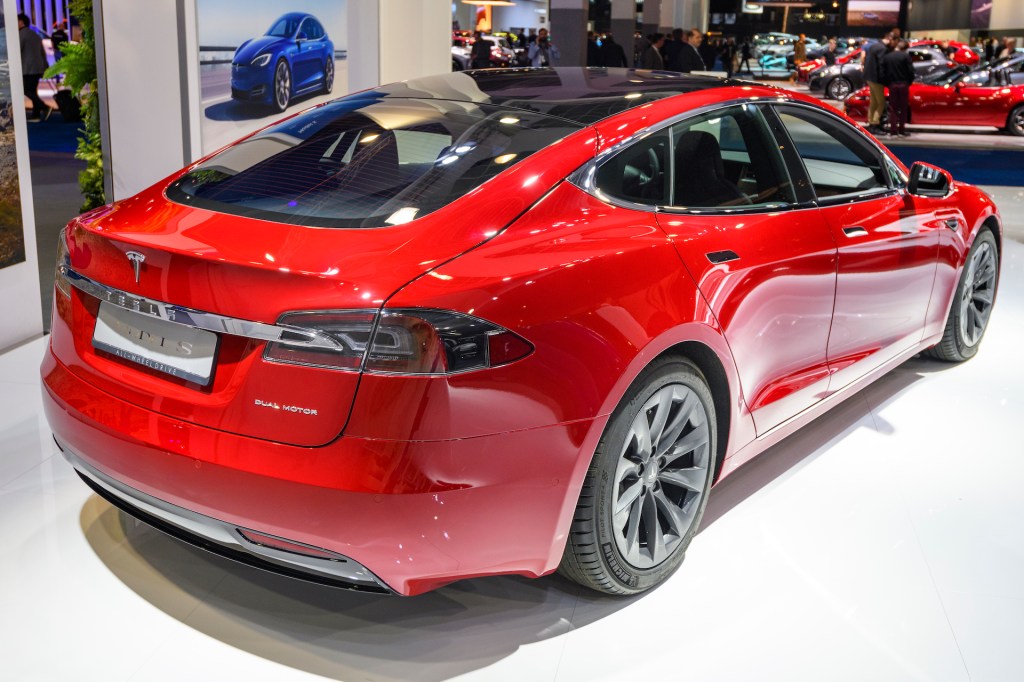
The recent introduction of the Model S Plaid and subsequent opening of the Tesla order books raises some crucial questions given its performance claims. The Model S Plaid will supposedly be capable of over 520 miles of range, a 200-mph top speed, and a 0-60 mph time under two seconds. If those claims are proven right, then the Plaid will have effectively solved the offset in range dealt by the added performance. Deliveries are scheduled for the end of 2021, but there is one major problem.
The Model S Plaid’s base price is almost double that of the Long Range Plus model, in which case the value proposition goes entirely out the window. Considering all of the factors that real-world Tesla owners will encounter, it’s safe to say no one needs a blindly fast EV, but that doesn’t seem to stop us from wanting them.
